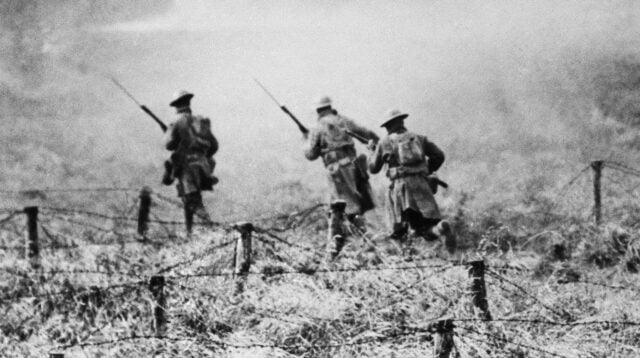Much of the world has been a mere statistic in the past year. Keeping in mind that one death is a tragedy but a million deaths is a statistic, we often forget what it costs to keep us safe.
On that note, we know that a pandemic-ravaged Earth incurred huge spending by various governments all over the world.
How Much Has COVID-19 Cost Us So Far?
The World Bank warned South Asian countries that they have faced the worst economic performance in the last 40 years.
India, in particular, has spent 0.1% of its GDP for an emergency health package of USD 2 billion, and an “Atma Nirbhar” package of INR 20 lakh crore, or INR 200,00,00,00,00,000. With the reinforcement of healthcare and the special economic package, India has been spending quite a lot to have a -23.9% growth in the GDP.
Pakistan has announced a healthcare package worth USD 89 million, which is 0.03% of its GDP. The South Korean government rolled out a budget of USD 1.7 billion, almost 0.1% of its GDP to combat the COVID-19 pandemic.
Staying true to “prevention is better than cure”, Vietnam had minimal costs and an overwhelming effort to mitigate the spreading of the virus by closing borders swiftly and building their own kits for quick detection of COVID-19 and in lieu of which a people-centric movement played a crucial role.
The United States has promised to spend USD 1.8 trillion across 38 agencies throughout the country to combat the pandemic.

Also Read: What Do We Know About The New Variant Of COVID-19 In The UK?
The United Kingdom has budgeted for GBP 394 billion for the fiscal year of 2020-21. Till date, it has spent GBP 214.9 billion. To put a further context, they aimed to budget GBP 55 billion for the current fiscal year.
The Russian government allocated nearly RUB 640 billion to support small and medium-sized businesses, individual enterprises and self-employed people in 2020 due to COVID-19 and its negative impact on the economy.
Brazil had its healthcare ministry draw up a budget of US $233.8 billion to mitigate the effects of COVID-19.
The New Zealand government has pledged NZ $62 billion to beat the virus and has effectively recovered its economy in the allocated pledge.
Why Compare COVID-19 To A World War?
China’s Debt Trap policy was one of the most unique ways to infiltrate a country’s economy and crippling it for favours at a government level. This was mostly seen in developing nations and quite to China’s advantage.

With the COVID-19 crippling many nations’ economies and effectively leading the way to a recession, one is inclined to wonder if China started warfare, too subtle for us to understand, and too powerful for anyone to combat.
It is an economic war, and due to the debt traps that exist, nations have fallen prey to it. China just gained an upper hand in the world economic balance, as they combatted COVID-19 with relative ease, almost as if they knew how to combat it.
So, instead of a much dreaded nuclear war, China may have just changed the policy of war altogether by a smug and adept implementation of the debt trap policy and a virus crippling the economy.
How Much Would A World War Cost Now?
Referencing World War 1, Britain had raised money using war bonds to finance its war efforts. The cost of war per day was GBP 3.87 million in the latter stages of 1918. In modern times, it is almost equivalent to GBP 191 million per day.
It cost them GBP 3.25 billion for the entire first World War, levelling it to GBP 161 billion in the current scenario.

According to the Treaty of Versailles, Germany was supposed to pay GBP 22 billion as war reparations, which would be equivalent to GBP 1.90 trillion.
The Real Cost
Money is just a materialistic concept. The real cost would lie in the number of deaths each of these wars and the pandemic would entail.
The First World War resulted in 20 million deaths. The Second World War caused 75 million people to perish. Meanwhile, COVID-19 has caused 1.67 million people to die.
But were any of these statistics avoidable? No one knows.
Image Source: Google Images
Sources: BBC, International Monetary Fund, Government Websites of US, Brazil, New Zealand
Connect With The Blogger: Shouvonik Bose
This post is tagged under: cost analysis, Covid 19, Global politics, world economics, world war
Other Recommendations:
Why Did UN Security Council Approve A Rs. 1.5 Lakh Monthly Package For The 26/11 Conspirator


































